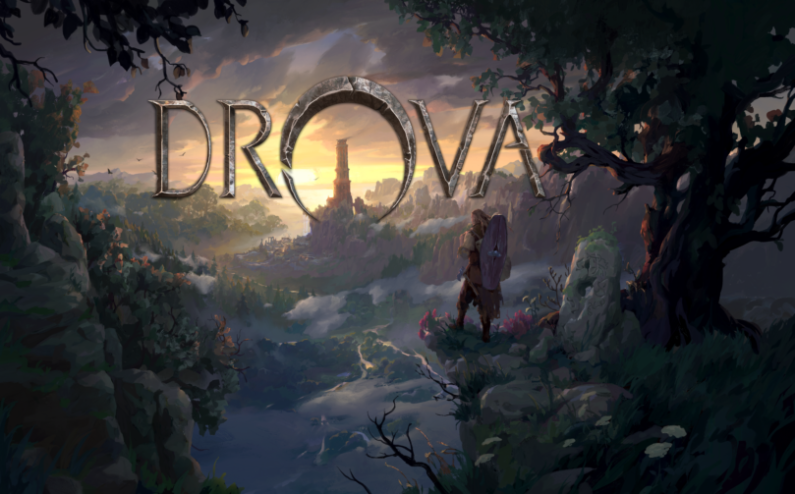Sometimes a game has a pitch that just instantly captures your attention, and in the case of Drova: Forsaken Kin, that pitch was that the game was a “Gothic-inspired pixel art RPG”. Gothic is an RPG I truly enjoyed, and so was curious how well the idea would translated, and I am happy to say the results were excellent. Right from the start Drova: Forsaken Kin manages to capture the spirit of Gothic, such as by giving you a compact and well crafted world to explore, setting you lose in it and not holding you by the hand as you go.
Drova: Forsaken Kin is not a procedurally generated game, and is instead a crafted experience and you will need to revisit multiple areas and your choices will impact the world and the characters in it. This is both the game’s greatest strength while also being a bit of a weakness in some ways. Drova: Forsaken Kin goes back to an old school approach by having a lack of signposting, a deliberately bad map and a need to mark locations by buying ink and this can be very off putting to some, while others will appreciate this classic approach.

Drova: Forsaken Kin has an interesting narrative that involving a blend of Celtic and Slavic lore, where following druids sees you trapped in the land of Drova and needing to find a way out. The narrative is not one that is fully set in stone and your actions and quests completed will affect what you find and how people interact with you, but once you do head down a narrative path, you will be locked into it. This actually encourages multiple replays in order to see the full experience and there is a surprising amount of variety in the choices.
Drova: Forsaken Kin is not a game that tries to be a big game for the sake of being big. If you come across an area, there is a reason you are there, whether is be to fight enemies or loot items. Drova: Forsaken Kin also have a very in depth crafting system that can take a bit of time to get used to, but is extremely satisfying. It needs to be pointed out that one way Drova: Forsaken Kin takes influence from Gothic is the need to find special NPCs to teach new skills and abilities, and your faction standing can and will affect how these NPCs interact with you, so choose wisely.

Speaking of skills, your skills and XP are mostly tied to combat for the most part and you will level up and gain skills in weapons the more you use them, thus gaining proficiency, so choosing your build carefully is important for how you want to play the game. Various skills such as spells and ranged weapons will have their own unique aspects as well, and these include meters to fill out as well as cooldowns, and mechanics requiring you to lineup your targets between lines, so you will again need to take time to adjust. This all being said, the melee in the game is rather straightforward and functions similarly to Gothic where you can switch between different weapon loadouts, to adapt to different situations.
An interesting thing about Drova: Forsaken Kin is that the enemies don’t display levels, and this means you will not know if an enemy is weaker than you or able to utterly destroy you until you are already fighting them. Fortunately the combat itself is easy to adjust to and get the hang of, which is good since learning to use your dodge roll with proper timing is a key part of surviving. It also needs to be noted that while you will die repeatedly, there is no major penalty for death and instead you will just respawn at your previous safe place.

Drova: Forsaken Kin is a gorgeous game that makes full use of its atmosphere to tell its story, and avoids dialogue to create a story told through its music, dark gothic pixel art look and feeling of isolation. It is honestly great and while some of the old school aspects may seem awkward to some, Drova: Forsaken Kin feels like an amazing throwback to the classic CRPGs like Ultima in addition to 3D Eurojank RPGs like Gothic, which is fitting since Gothic was heavily inspired by Ultima, specifically Ultima 9. Those wanting that classic experience will find a lot to enjoy with Drova: Forsaken Kin and those willing to look past the older style of gameplay systems will find an incredibly deep and satisfying game that is great for any length of play. Drova: Forsaken Kin is highly recommended.
Disclaimer: A review key was provided

